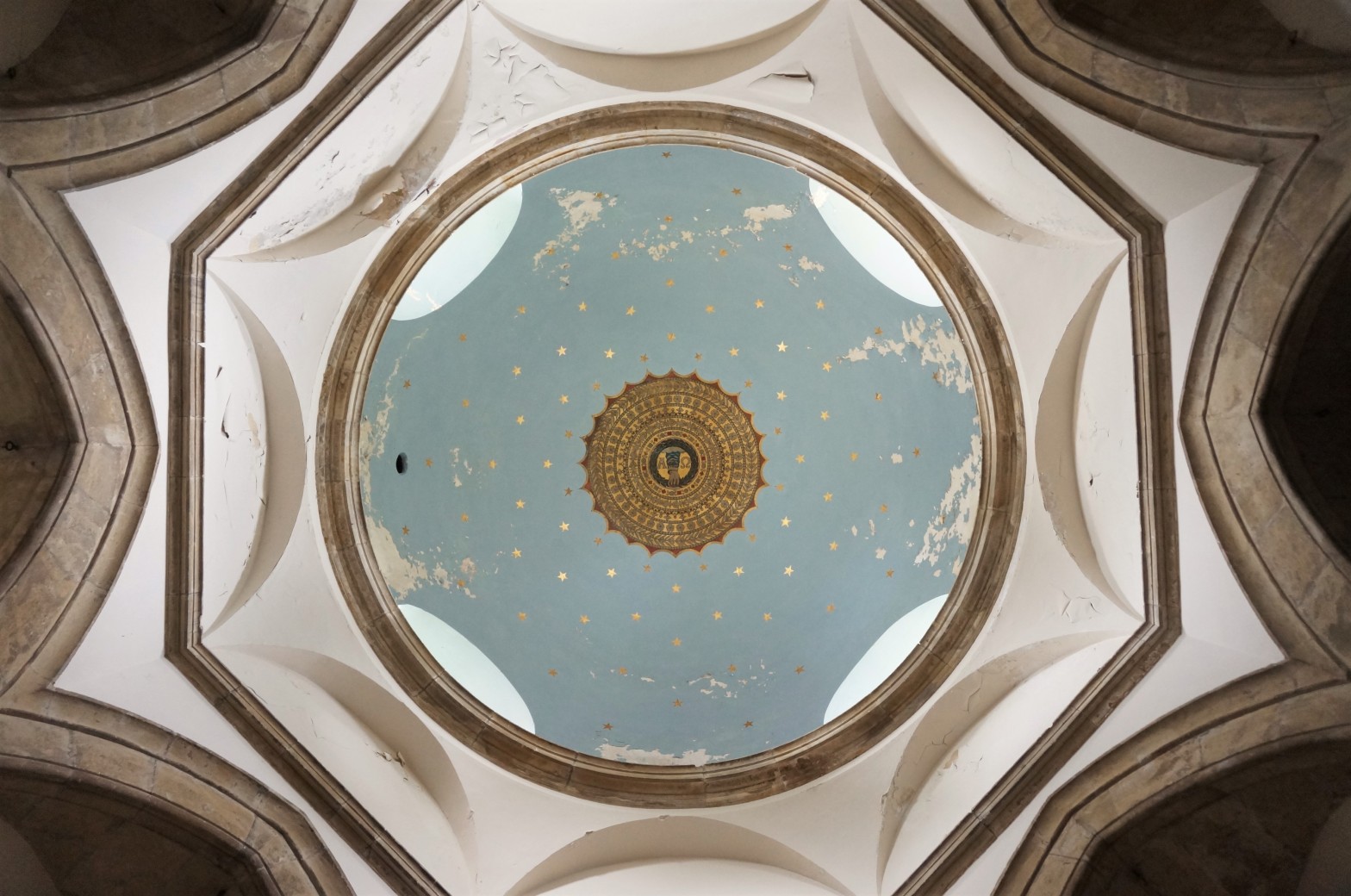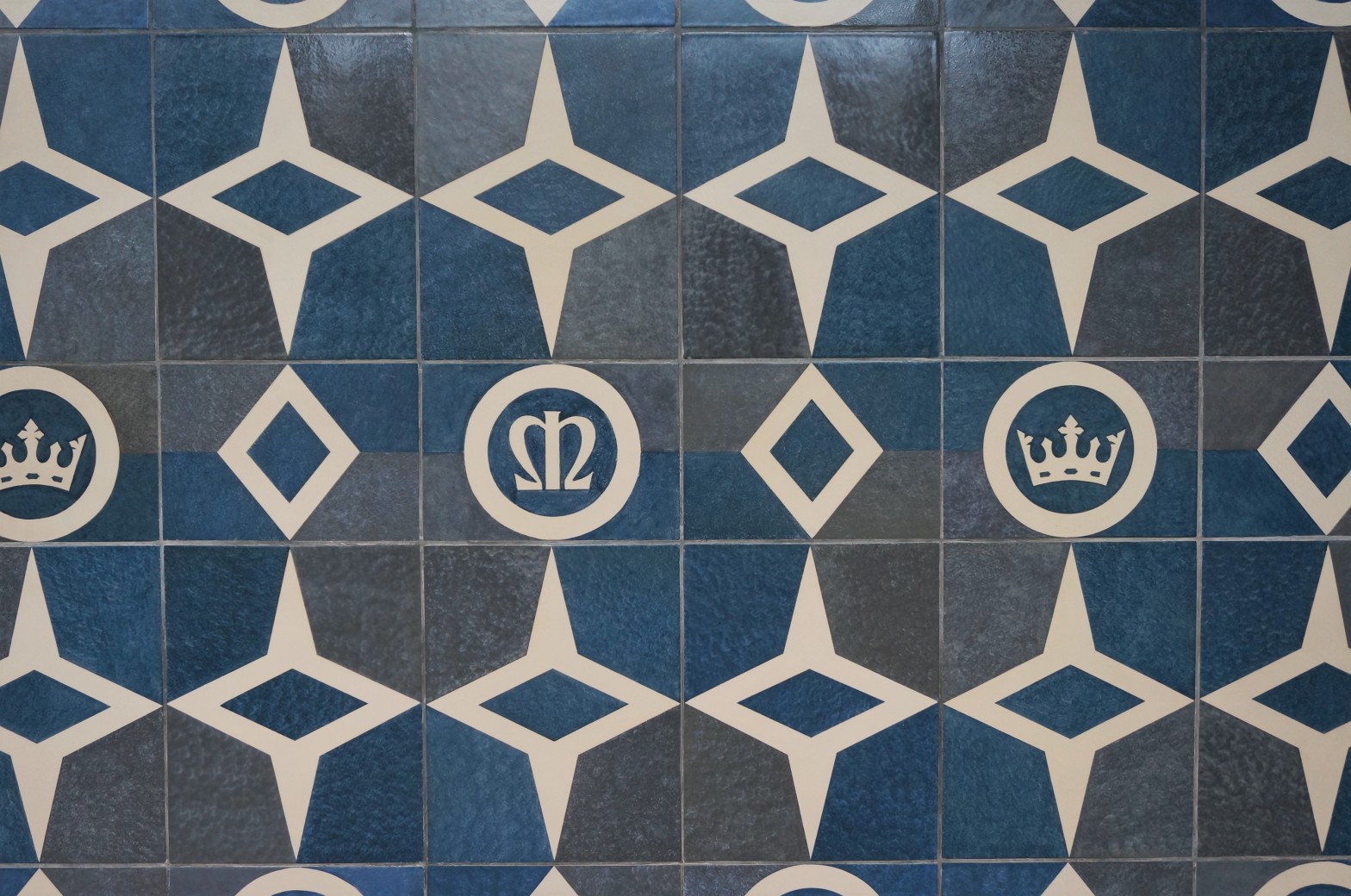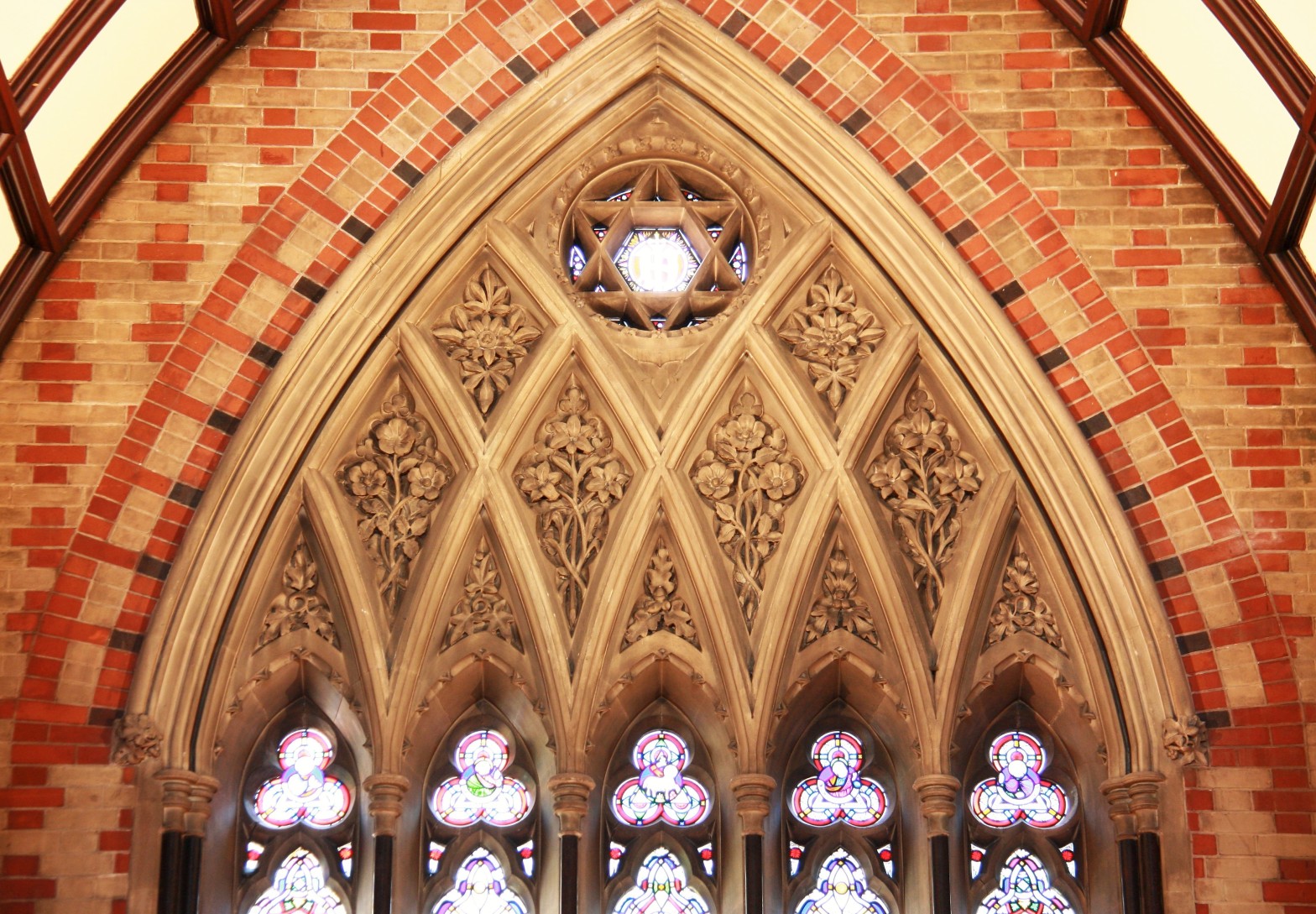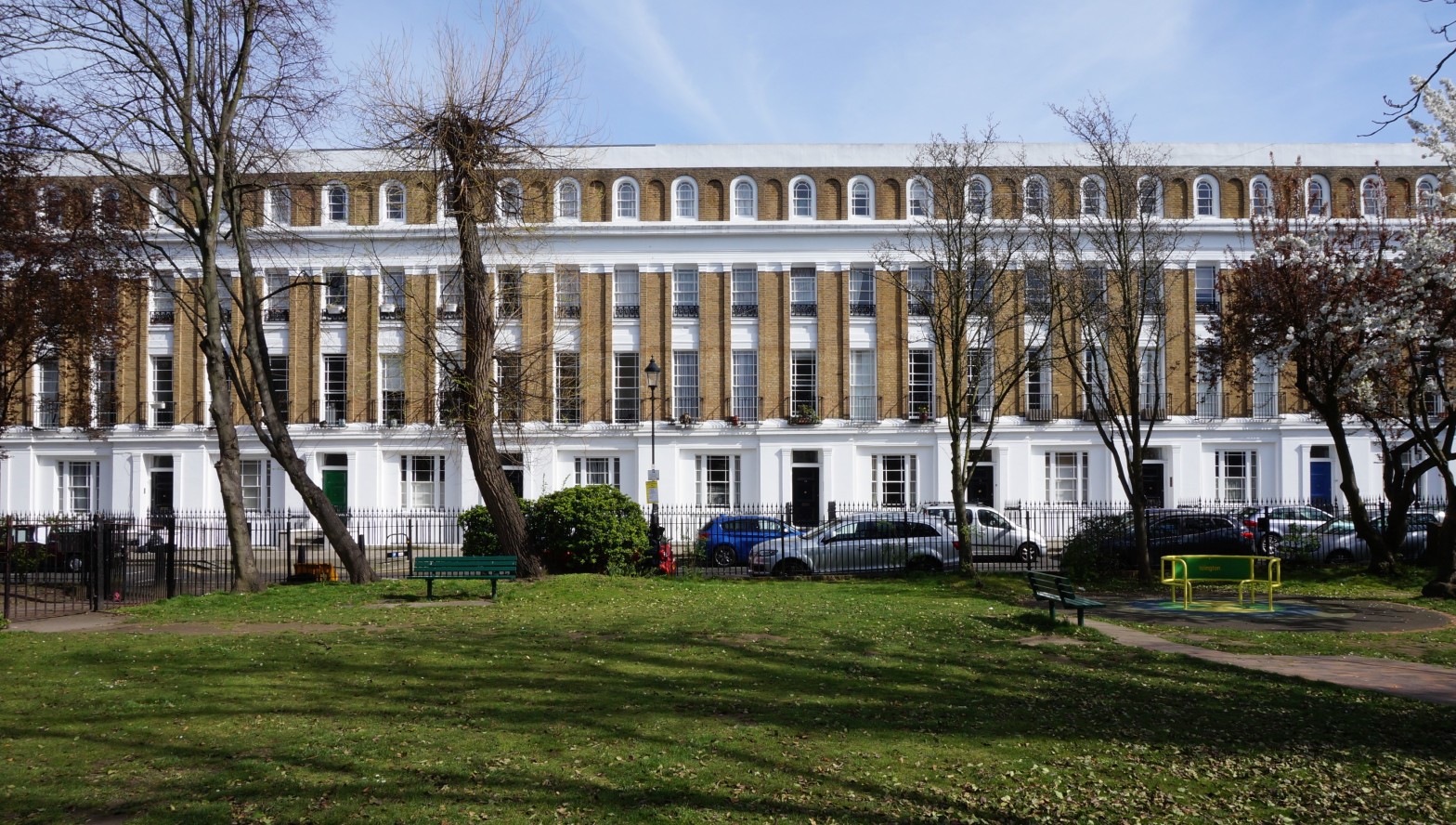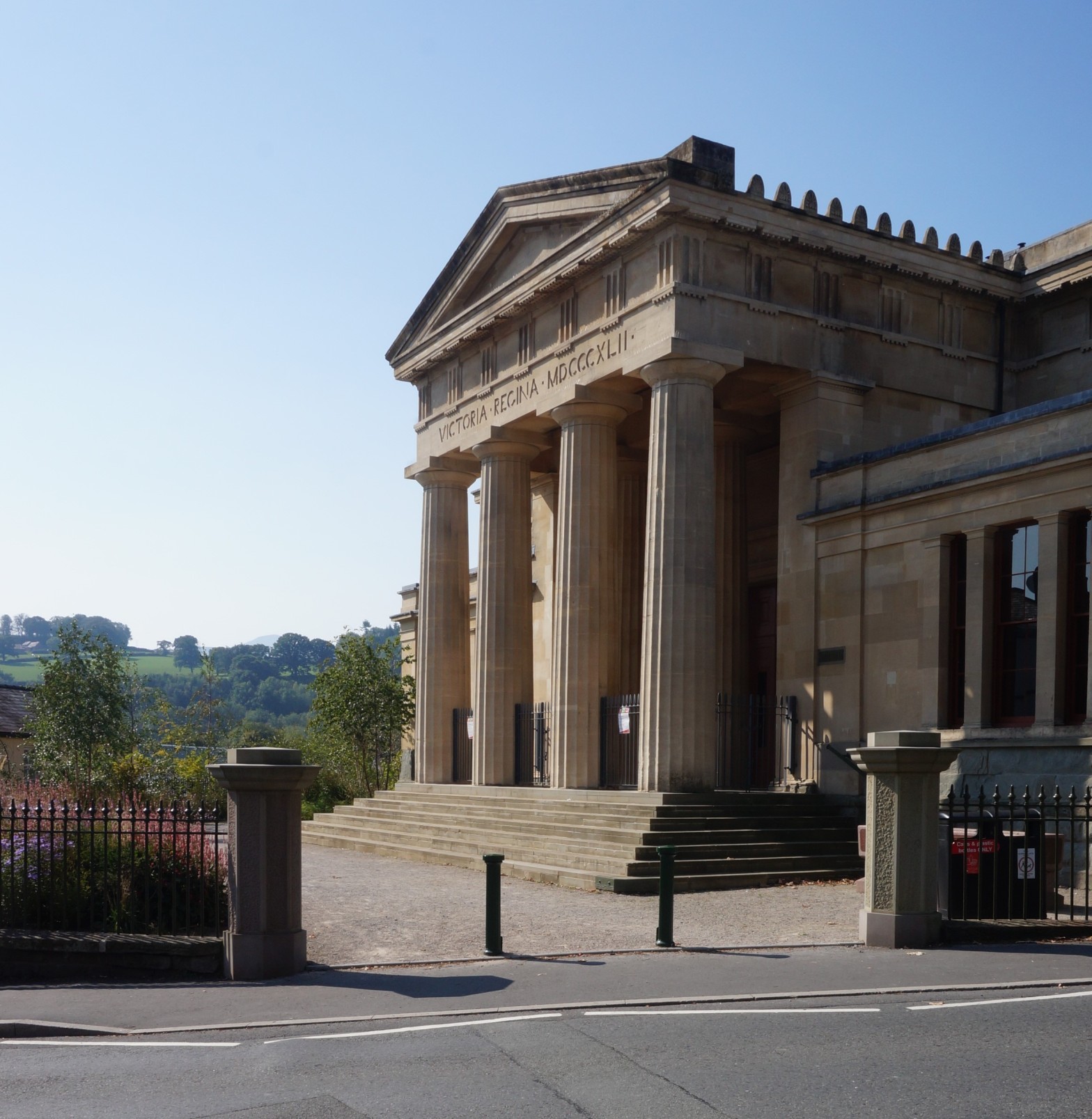It is inevitable that A.W.N. Pugin looms large in histories of Roman Catholic church-building in the 19th century. Yet in some ways he was as notable for the adopting the faith that he served through his architecture as he was for the buildings that he designed. Would Pugin be viewed in quite the same wayContinue reading “Recusancy in Dorset and the ‘other tradition’ of Catholic church-building”
Category Archives: Neo-Romanesque
H.S. Goodhart-Rendel and the 20th century Victorians
Harry Stuart Goodhart-Rendel (1887-1959) is someone who has loomed very large in this blog. I’m aware that I’ve quoted him extensively without fully explaining who he was and why he matters so much to any student of Victorian architecture. It is now time to bring him centre-stage, even if that means straying outside the chronologicalContinue reading “H.S. Goodhart-Rendel and the 20th century Victorians”
Joseph Peacock – Rogue to the family business
This is a figure who deserves a long and detailed write-up. That he is not going to get one in this post is the result of a happy circumstance, which is that this blog is about to be supplanted – and on this occasion, by its own author. Last week I received the news fromContinue reading “Joseph Peacock – Rogue to the family business”
Robert Lewis Roumieu: progressive or prankster?
One is the former London office of a firm that produced vinegar and fortified wines. The other is a speculative development of townhouses aimed at the affluent middle classes. Fairly mundane projects typical of the 19th century, one might think; typical, indeed, of hundreds such up and down the country, brought into being by theContinue reading “Robert Lewis Roumieu: progressive or prankster?”
Introducing C.H. Driver (1832-1900), Architect to the Steam Age
It is a measure of the prominence which civil engineering assumed in the 19th century that members of the profession achieved the status of household names. Indeed, they not merely achieved, but also retained it – witness, for instance, Isambard Kingdom Brunel polling second place in the 100 Greatest Britons television series of 2002, nearlyContinue reading “Introducing C.H. Driver (1832-1900), Architect to the Steam Age”
Architect of a lost London: Thomas Edward Knightley (1823-1905)
To a greater or lesser degree, lasting success in any profession comes down to luck and architecture is no exception. Success has to be measured not only in terms of what an architect gets to build in his or her lifetime, but also of the subsequent fate of these achievements. Many posthumous reputations which deservedContinue reading “Architect of a lost London: Thomas Edward Knightley (1823-1905)”
A glimpse of Arcadia in Central Wales
Thomas Henry Wyatt (1807-1880) and David Brandon (1813-1897) have a reputation of being among the also-rans of Victorian architecture. In the earlier part of their careers, the two architects had a professional partnership which lasted from 1838 until 1851, whereupon they went their separate ways. They were commercially successful, taking on the full range ofContinue reading “A glimpse of Arcadia in Central Wales”
A High Street extravaganza
An awful lot of towns in the Home Counties were badly sinned against in the post-war years by planners, developers, traffic engineers and architects, but few quite as grievously as Maidstone. While I can’t feel too upset about the destruction visited on certain places, where there may well never have been anything terribly interesting, MaidstoneContinue reading “A High Street extravaganza”
